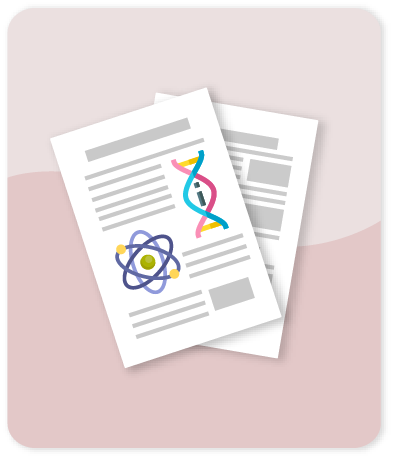Experimental and theoretical insights on methylene blue removal from wastewater using an adsorbent obtained from the residues of the orange industry

Compartir este ítem
Fecha
2021Autor
Giraldo S
Robles I
Godínez L.A
Acelas N
Flórez E.
Citación
Metadatos
Mostrar el registro completo del ítemResumen
Chemical and thermochemical transformations were performed on orange peel to obtain materials that were characterized and further tested to explore their potential as adsorbents for the removal of methylene blue (MB) from aqueous solutions. The results show the high potential of some of these materials for MB adsorption not only due to the surface area of the resulting substrate but also to the chemistry of the corresponding surface functional groups. Fitting of the kinetic as well as the equilibrium experimental data to different models suggests that a variety of interactions are involved in MB adsorption. The overall capacities for these substrates (larger than 192.31 mg g−1) were found to compare well with those reported for activated carbon and other adsorbents of agro-industrial origin. According to these results and complementary with theoretical study using Density Functional Theory (DFT) approximations, it was found that the most important adsorption mechanisms of MB correspond to: (i) electrostatic interactions, (ii) H-bonding, and (iii) π (MB)–π (biochar) interactions. In view of these findings, it can be concluded that adsorbent materials obtained from orange peel, constitute a good alternative for the removal of MB dye from aqueous solutions. © 2021 by the authors. Licensee MDPI, Basel, Switzerland.
Colecciones
- Indexados Scopus [1632]
